Widespread flooding across Jakarta, Bogor, Depok, Tangerang, and Bekasi (Jabodetabek) area, Indonesia, with water depths of 15–300cm, remained as of March 5, 2025. It was triggered by extreme rainfall in Bogor on March 2, 2025, which led to river overflows in Ciliwung, Cikeas, and Pesanggrahan. Field observations by the Multi-hazard Preparedness (MHP) team of the Resilience Development Initiative (RDI) in Bekasi highlight that some areas, such as Pondok Gede Permai, experienced water levels reaching close to four metres, submerging homes despite prior flood mitigation efforts like house elevation. The failure of the 3-metre flood barrier in this area exemplifies the inadequacy of existing flood defences. The flood has affected more than 120,600 people in six cities/regencies. Annual economic losses from floods in the region are estimated to reach approximately IDR 5 Trillion or USD300 million. The 2025 flood also revealed critical deficiencies in governance and disaster preparedness. The emergence of the Jabodetabek Flood in 2025 is not merely caused by the intensity of the rainfall, but also due to inadequate flood management in the area. In line with the Build Back Better (BBB) approach, rehabilitation and reconstruction efforts during the post-disaster phase should prioritise long-term resilience. Therefore, the recommendations provided take a holistic approach, encompassing both structural and non-structural mitigation and adaptation improvements, including resilient infrastructure improvement, Nature-based Solutions (NbS) implementation, land use control and monitoring, adaptive social protection implementation, and data management improvement for better rapid assessment.
Working PaperDisaster & Climate Resilience
What Can We Learn from Jakarta and Bekasi Floods in March 2025? Rapid Assessment and Policy Recommendations to Build Urban Resilience
Published: 3/19/2025
Details
Cluster
Disaster & Climate Resilience









